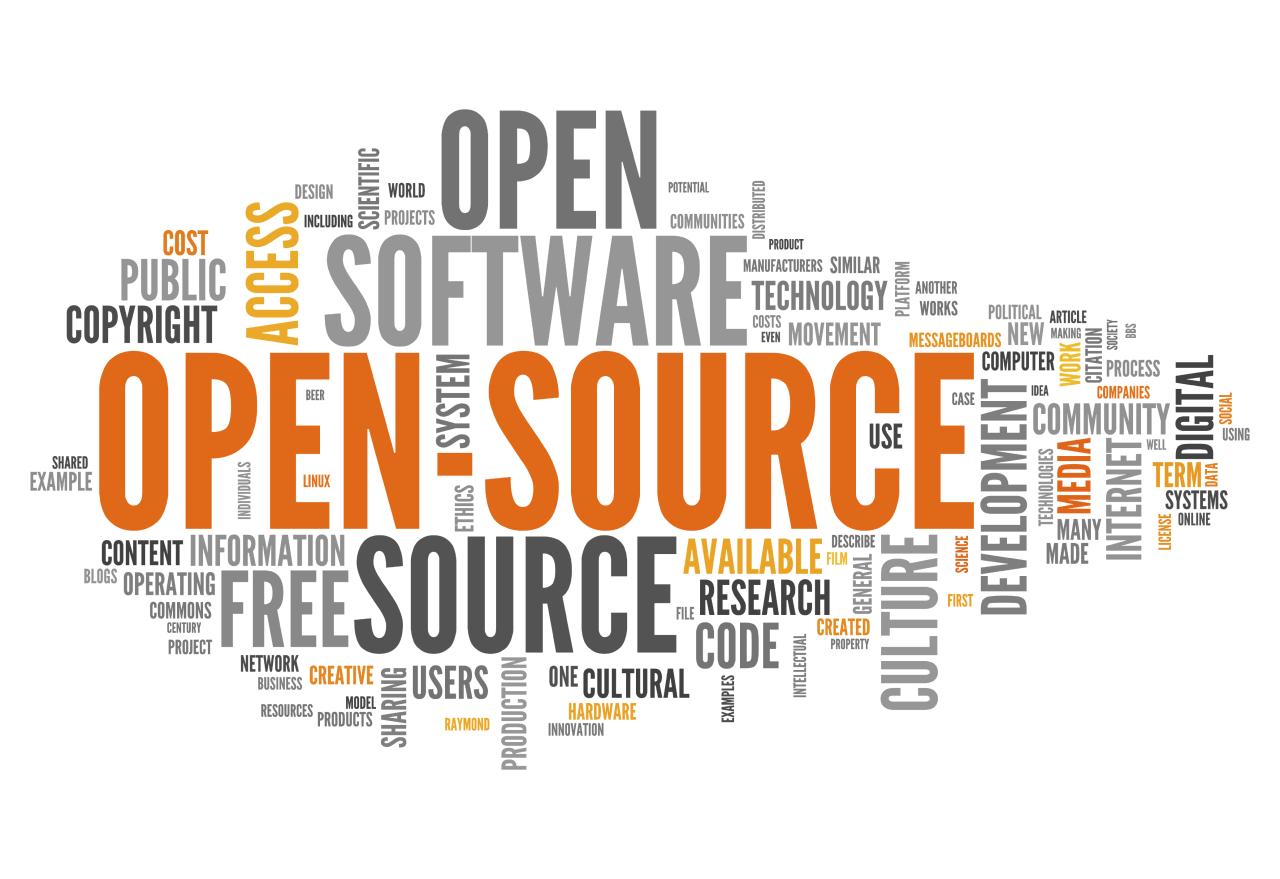
Open-Source Software Development: A Collaborative Approach to Innovation
Introduction
Open-source software development is a collaborative model where software source code is made available to the public for free. It allows individuals and organizations to contribute to and improve the software, fostering innovation and widespread adoption.
Key Characteristics
Open-source software projects typically adhere to the following characteristics:
- Open source: The source code is freely available and can be modified and redistributed.
- Collaborative: Developers work together to improve the software, sharing ideas and solutions.
- Community-driven: Users and developers actively participate in the software’s evolution and direction.
- Transparent: The development process is open and accessible to the public.
Benefits of Open-Source Software
Adopting open-source software offers numerous advantages, including:
- Cost-effectiveness: Licenses and fees are typically waived, reducing software acquisition costs.
- Flexibility: Developers can customize and modify the software to meet specific needs.
- Innovation: Collaboration among developers drives innovation and the creation of new features.
- Security: The open availability of the source code allows for scrutiny and vulnerability identification.
- Community support: Users and developers provide support and assistance, ensuring software quality and longevity.
Examples of Open-Source Software
Open-source software has been instrumental in the development of various technologies, such as:
- Operating systems (e.g., Linux, Android)
- Web servers (e.g., Apache, Nginx)
- Databases (e.g., MySQL, PostgreSQL)
- Programming languages (e.g., Python, Java)
- Content management systems (e.g., WordPress, Drupal)
Contribution and Collaboration
Participating in open-source software development involves:
- Contributing code: Developers can suggest improvements, fix bugs, or add new features.
- Collaborating with others: Discussion forums and mailing lists provide platforms for communication and collaboration.
- Testing and feedback: Users can test the software and provide feedback to improve its quality.
- Documentation and support: Developers and users can contribute documentation and support materials to aid adoption.
Conclusion
Open-source software development is a vibrant and collaborative ecosystem that fosters innovation, cost-effectiveness, and community engagement. Its widespread adoption has revolutionized the software industry, providing access to powerful and customizable tools that drive technological advancements and benefit users worldwide.


